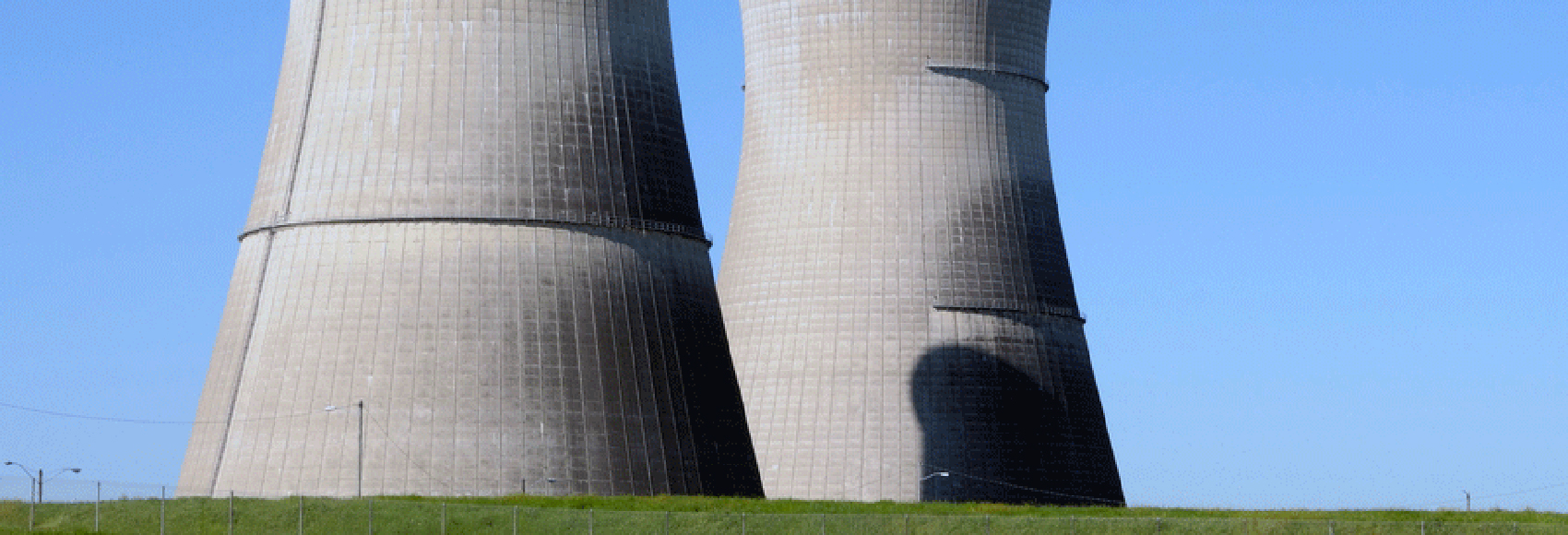The urgent need to address global change and the potential for geopolitical disruptions in current energy supply chains have led to increased adoption of alternative energy. Nuclear energy is a significant contributor to this transition, as it is a low-carbon emission energy source that can help nations achieve their emission reduction targets. Unlike many other alternative energy sources, nuclear energy is relatively reliable and is not dependent on weather conditions.
In contrast to renewable energy technologies, however, investments in nuclear energy are subject to exposures associated with commodities. Pressures on uranium prices, as a result of a limited supply of an in-demand commodity, are linked to the profitability of nuclear power plants. For example, when uranium prices are low, operating costs will also be low, which can make it less economically viable to build and operate new nuclear power plants, as well as compete with other forms of power generation that are not tied to risks associated with the volatility of commodity prices. At the same time, investments correlated to the dynamics of the uranium market can present a long-term opportunity for investors.
Despite uranium playing a large role in the profitability of nuclear power plants, there is a lot of recent innovation in the field of nuclear energy. Technologies such as Molten Salt Reactors (MSRs) and Small Module Reactors (SMRs) are enabling nuclear power plants to generate energy more efficiently than traditional reactors, shifting the scale on how we weigh nuclear energy against renewable energy. In this paper, we demonstrate how the MarketVectorTM Global Uranium and Nuclear Energy Infrastructure Index provides targeted exposure to companies that are taking part in these investment themes.
Get the latest news & insights from MarketVector
Get the newsletterRelated:




